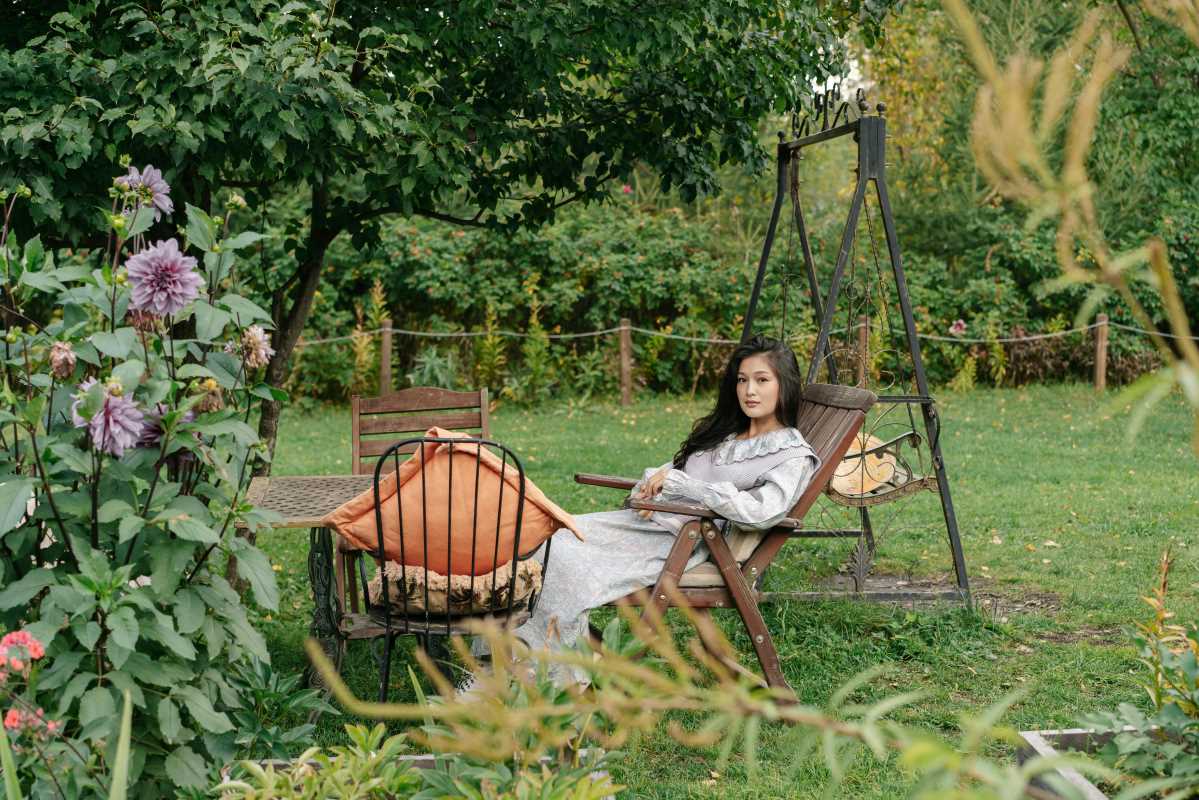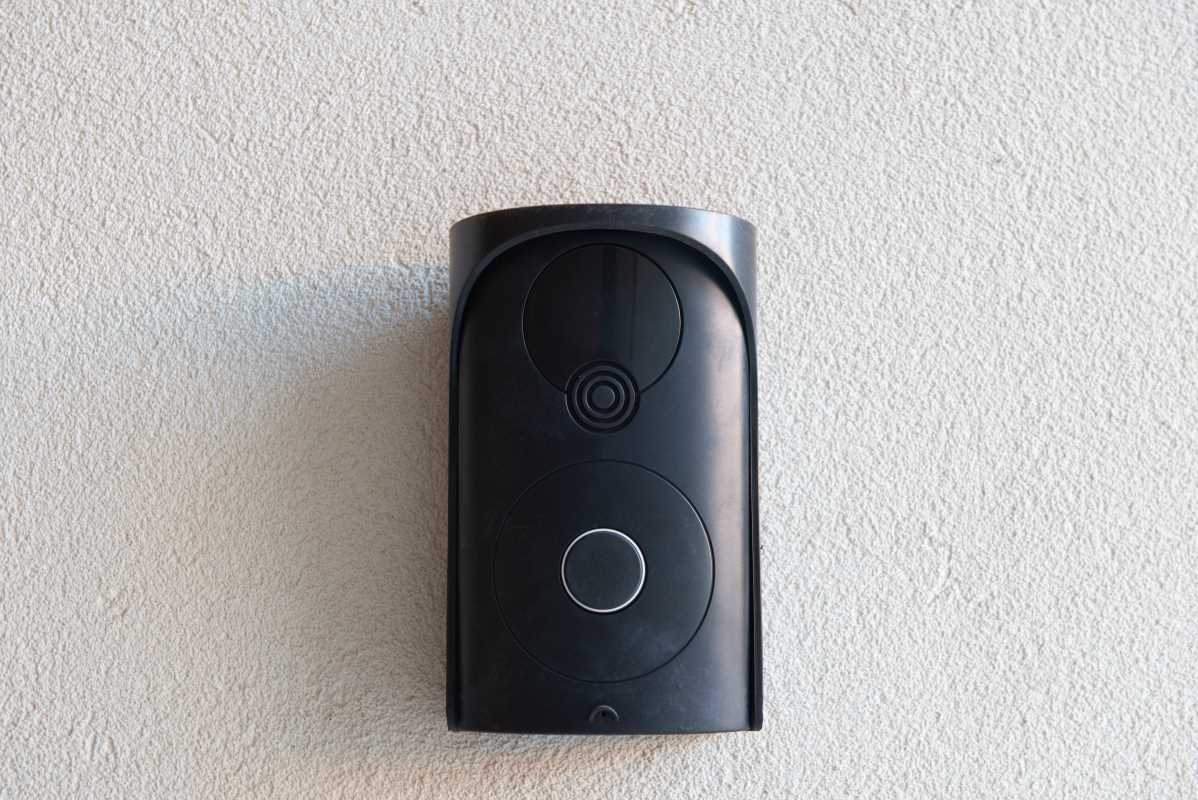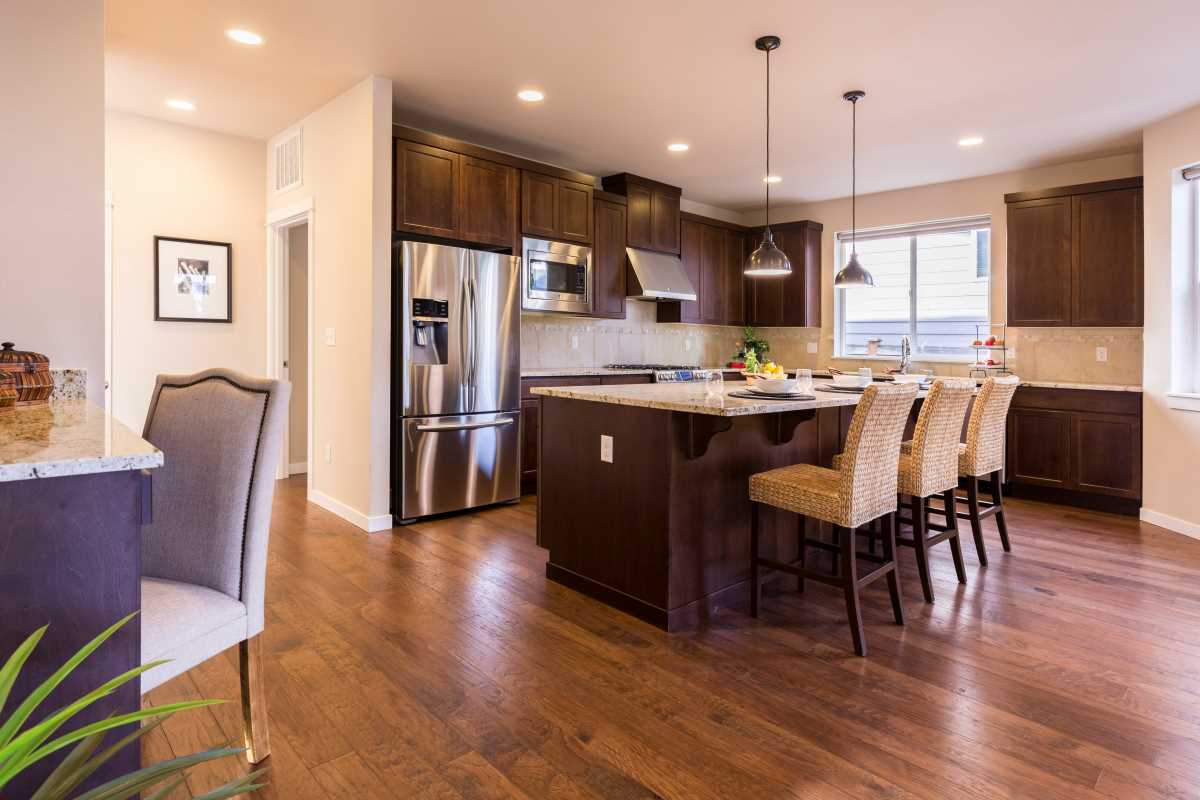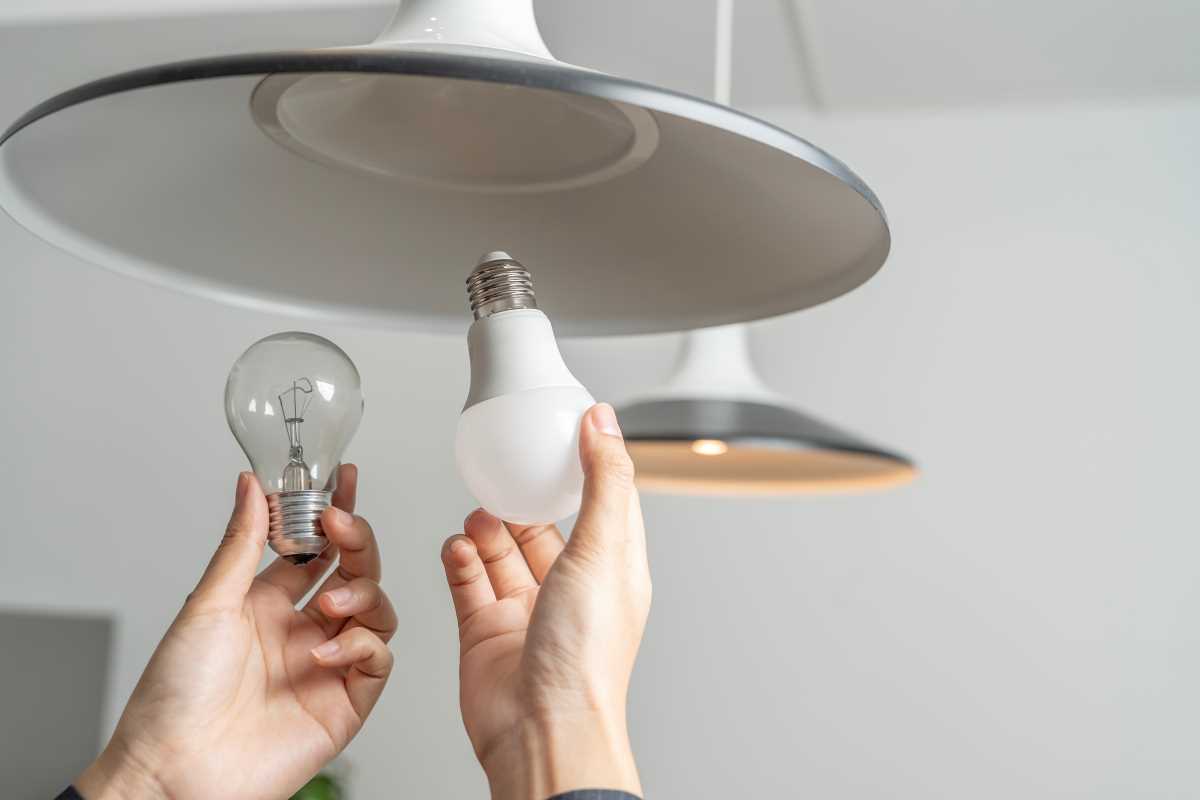Even the smallest backyard can feel more open with some thoughtful planning. Start by measuring your outdoor space with a tape measure and drawing an outline on paper. Include the exact locations of doors, windows, and any permanent features you need to work around, such as sheds or trees. Mapping out potential walkways and areas for planting beds helps you see how everything will fit together. By visualizing the layout before you begin, you’ll make the most of every inch and create a space that feels welcoming and spacious, no matter its size.
Next, observe the sun's path and identify trees that cast shade. This helps you choose seating that won’t bake in the afternoon heat. You want spots that feel cozy in the morning sun and cool in midday shade.
Evaluating Your Small Backyard Layout
You don’t need fancy software to evaluate a layout. Draw a simple grid on graph paper to see how much space you really have. Each square represents one foot. Fill in squares for plants, paths and any permanent features.
Think about how people will move through the space. Avoid placing chairs blocking the gate or grill. Leave at least two feet of clearance around major zones. This makes the area feel open and easy to walk through.
Selecting Multi-Functional Outdoor Furniture
Multi-purpose furniture saves space and adds functionality. Look for items that serve more than one purpose. You can find benches with hidden storage or tables that expand.
- Storage benches: Sit down, close the lid and tuck away cushions or garden tools.
- Foldable bistro sets: Open them for brunch, fold them away when you need the floor clear.
- Nesting tables: Slide one under another to save room.
- Ottomans with trays: Use them as footrests, extra seats or side tables.
Materials and Longevity
Choose materials that withstand rain and sun easily. Look for rust-resistant metal or weatherproof wood. Compare each type before making your decision.
- Aluminum: Light, won’t rust. You can move chairs around easily.
- Teak: Dense wood that resists insects and moisture. You might need an occasional oil coat.
- Polywood: Made from recycled plastic. It resists fading and won’t splinter.
- Wrought iron: Heavy and sturdy. A powder-coat finish prevents rust, but chips may appear over time.
- Resin wicker: Looks like rattan but stays intact in rain. Choose UV-treated versions to prevent cracking.
Decide on a clear budget before shopping. Determine how much you will spend on a full set or individual pieces. Include delivery and assembly costs in your calculations.
Styling and Adding Accessories
Accessories personalize the space. Swap plain chair cushions for colorful, weatherproof fabrics. Choose patterns that match your indoor décor.
Bright throw pillows, small planters and string lights create a cozy atmosphere. Hang solar lanterns along the fence. They cost little and add brightness to evenings.
Cleaning and Caring for Your Furniture
Regular cleaning keeps furniture looking fresh. Rinse with a garden hose to remove dust and pollen. For tougher stains, scrub gently with soapy water.
Store cushions in waterproof bins during rain. Use a breathable cover on large pieces during winter to prevent mold and discoloration.
An effective layout and versatile furniture transform a small backyard into a comfortable space. Careful planning maximizes your area without overspending.
 (Image via
(Image via





